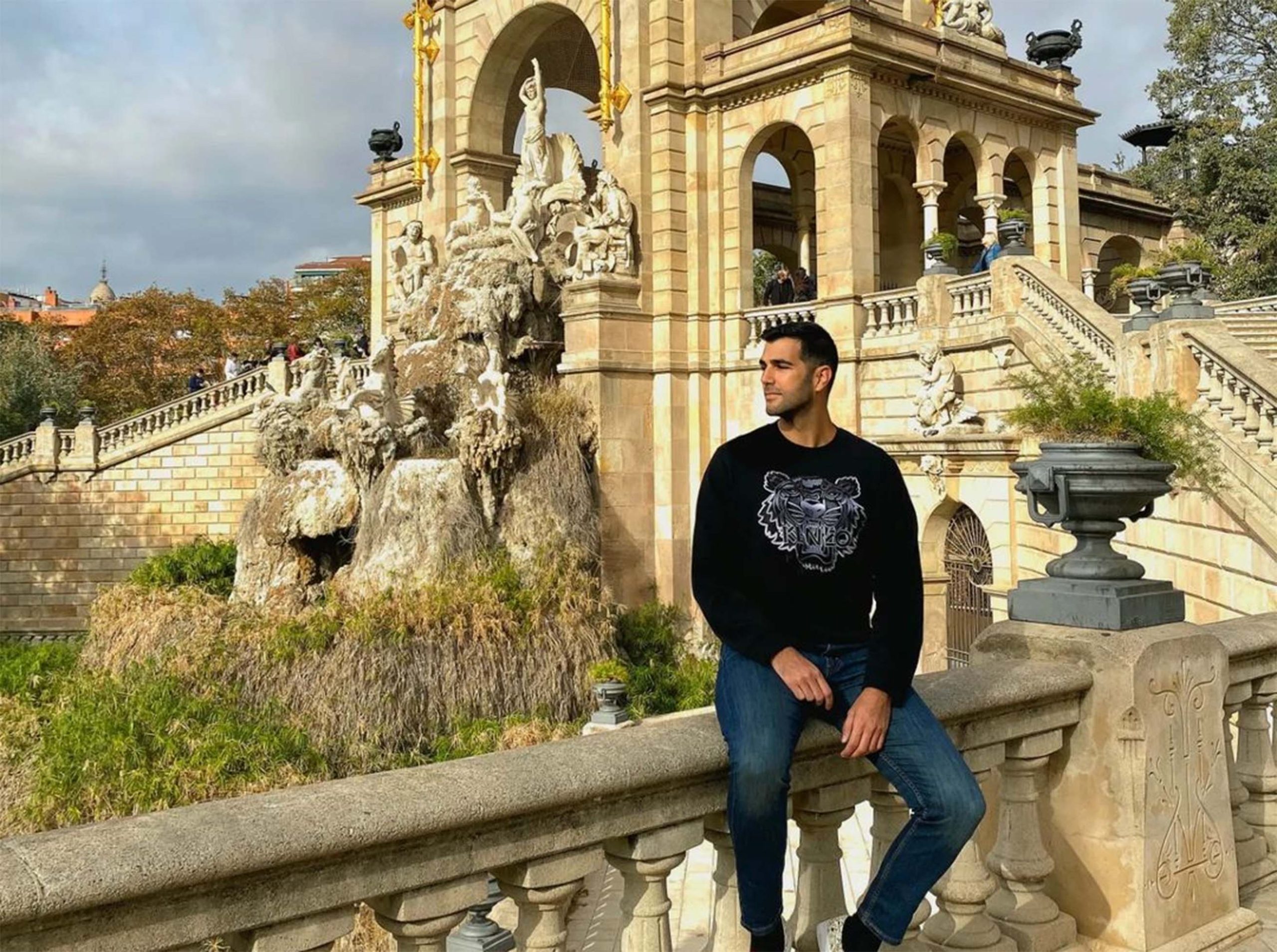Barcelona, a city pulsating with life and color, is renowned for its iconic landmarks and bustling avenues. Yet, beyond the well-trodden paths lie hidden gems, quaint neighborhoods that whisper tales of history, culture, and local life. I embarked on a journey to uncover the lesser-known treasures, creating a mosaic of experiences that breathed authenticity into my exploration of Barcelona.
1. El Born – Where History Meets Contemporary Vibes
In the heart of Barcelona, El Born emerged as a revelation. This district, nestled between the Gothic Quarter and Ciutadella Park, seamlessly blends medieval charm with a vibrant contemporary scene. My wanderings through its narrow streets unveiled a tapestry of history, from the impressive Santa Maria del Mar church to the remnants of a 17th-century market.
A Picasso Panorama: Immersing in the Artistic Tapestry of El Born
The Picasso Museum, nestled within the enchanting district of El Born, stands as a beacon of artistic prowess, a testament to Barcelona’s rich cultural heritage. As I stepped through its unassuming entrance, I was about to embark on a journey through the formative years of one of the most influential artists of the 20th century.
The museum’s interior unfolded like a carefully woven tapestry, each section revealing a different facet of Picasso’s evolution. From the subdued lighting that accentuated the delicate strokes of his early sketches to the grandeur of his masterpieces bathed in strategic illumination, the ambiance spoke of a curated narrative designed to immerse visitors in the artist’s creative odyssey.
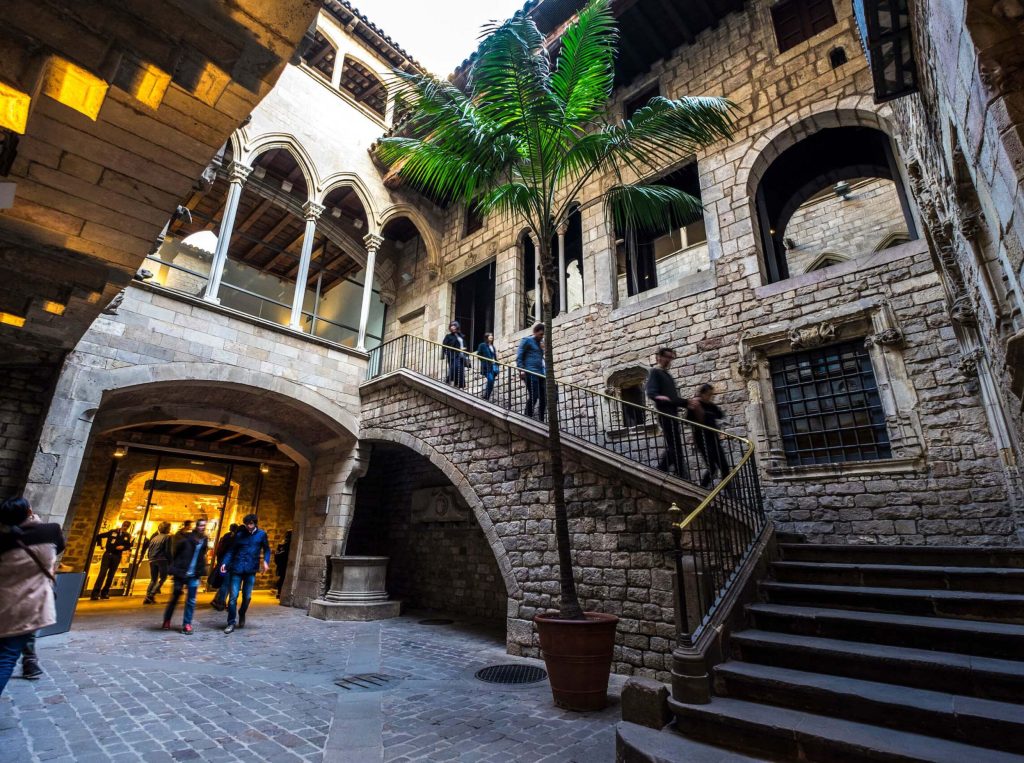
Intimate Encounters with Early Works
The museum’s collection, spanning Picasso’s formative years, provided an intimate glimpse into the artist’s early experimentation and the seeds of genius that would later blossom into iconic masterpieces. The initial galleries housed a series of sketches and paintings that showcased the evolution of his technique and style.
One particular section, dedicated to Picasso’s Blue Period, echoed with a melancholic beauty. The somber hues of blue and blue-green, depicting the artist’s introspective phase, cast a contemplative ambiance. The juxtaposition of joy and sorrow in pieces like “La Vie” offered a window into the complex emotional landscape that fueled Picasso’s creativity.
Masterpieces in Dialogue
As I traversed the galleries, the transition from the Blue Period to the Rose Period was palpable. The warmer tones and playful themes, epitomized by works like “The Actor,” hinted at a transformative phase in Picasso’s life. The museum’s curation facilitated a dialogue between these contrasting periods, allowing visitors to witness the artist’s evolution not as isolated chapters but as interconnected threads in a larger narrative.
The pièce de résistance awaited in the form of Picasso’s magnum opus—his groundbreaking foray into Cubism. “Les Demoiselles d’Avignon” stood as a monumental testament to artistic innovation. The disconcerting yet captivating visages of the five nude figures challenged conventional notions of representation, unleashing a visual language that would reverberate through the annals of art history.
A Symphony of Space and Light
Beyond the artistic treasures, the museum’s architectural design contributed to the overall experience. The spatial arrangement, with its interconnected rooms and strategically placed skylights, choreographed a dance between natural light and the artworks. It felt as if the ambiance itself was a collaborator in the storytelling, shifting in harmony with the thematic nuances of Picasso’s works.
One of the most enchanting moments occurred when natural light caressed the contours of “The Three Dancers,” casting dynamic shadows that seemed to breathe life into the painting. This interplay between the artist’s brushstrokes and the ever-changing dance of light created a living canvas, reinforcing the temporal and dynamic nature of Picasso’s creations.
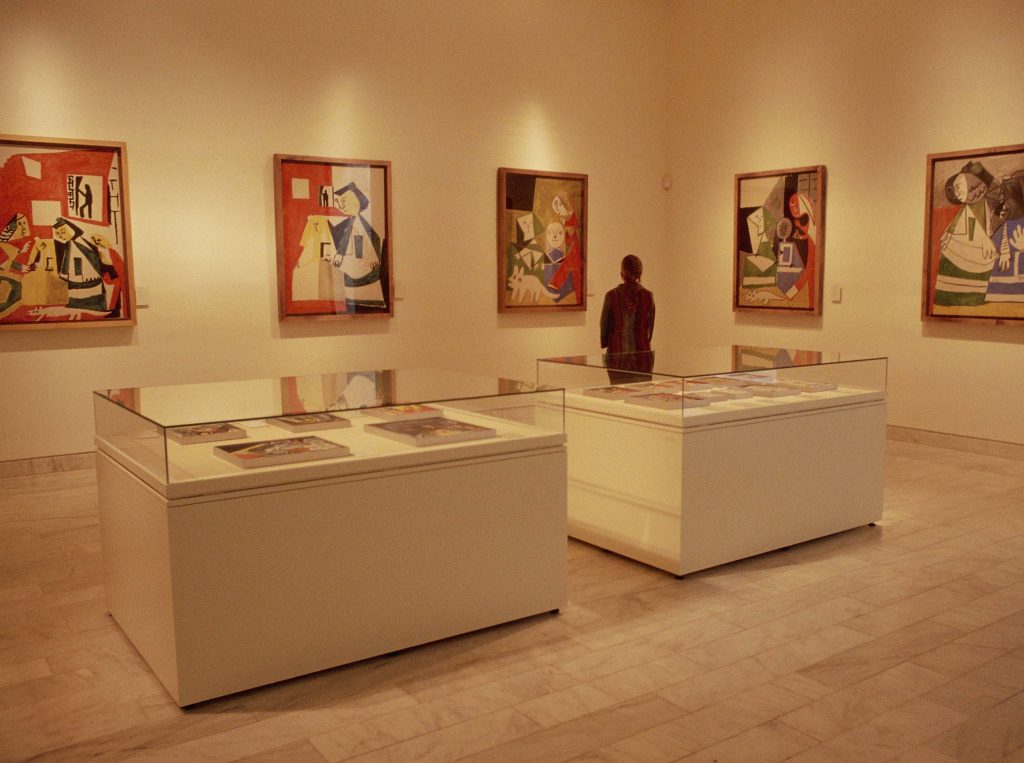
Practical Aspects: Ticket Prices and Opening Hours
Practical considerations often influence the overall museum experience. The ticket prices for the Picasso Museum, as of my visit, were reasonable, hovering around €12. Considering the wealth of artistic treasures housed within, this felt like a nominal investment in cultural enrichment.
The museum’s opening hours, spanning from 9:00 AM to 8:30 PM, allowed for a leisurely exploration. This generous timeframe accommodated varying visitor preferences, whether one sought an early morning cultural immersion or an evening rendezvous with artistic brilliance.
Personal Reflection: A Journey Through Picasso’s Soul
The Picasso Museum transcended the conventional museum visit. It wasn’t merely an assemblage of paintings and sculptures; it was a journey through the soul of an artist. Picasso’s genius, laid bare in the quietude of El Born, beckoned me to explore the recesses of my own artistic appreciation.
The intimacy of the setting, devoid of overwhelming crowds, allowed for solitary communion with each artwork. In the presence of “Guernica,” the colossal anti-war statement that occupies its own room, I felt a profound sense of witness to history. The collective gasps and reverent silence echoed the sentiments of fellow visitors as we stood before this monumental testament to human suffering.
As I emerged from the museum, the streets of El Born seemed transformed. The echoes of Picasso’s brushstrokes resonated in the cobbled alleys, and the play of light and shadow mirrored the dynamic interplay I had witnessed within the museum’s walls. The Picasso Museum wasn’t just a cultural landmark; it was a conduit through which the artist’s spirit continued to breathe life into Barcelona’s artistic soul.
As I immersed myself in the Picasso Museum, each stroke of the artist’s brush became a bridge to a bygone era. The evolution of his style, the experimentation with form and color – it was akin to walking through the corridors of time. Standing before “Les Demoiselles d’Avignon” and “La Vie,” I felt the pulse of Barcelona’s artistic heartbeat. The juxtaposition of medieval streets and groundbreaking art was a testament to the city’s ability to harmonize the old and the new.
2. Gràcia – Bohemian Bliss Amidst Greenery
Venturing north of the bustling Eixample district led me to Gràcia, a bohemian enclave exuding a village-like charm. As I strolled through its plazas and verdant squares, the atmosphere seemed to shift, slowing down the pace and inviting me to savor the simple pleasures of local life.
Must-Visit: Park Güell
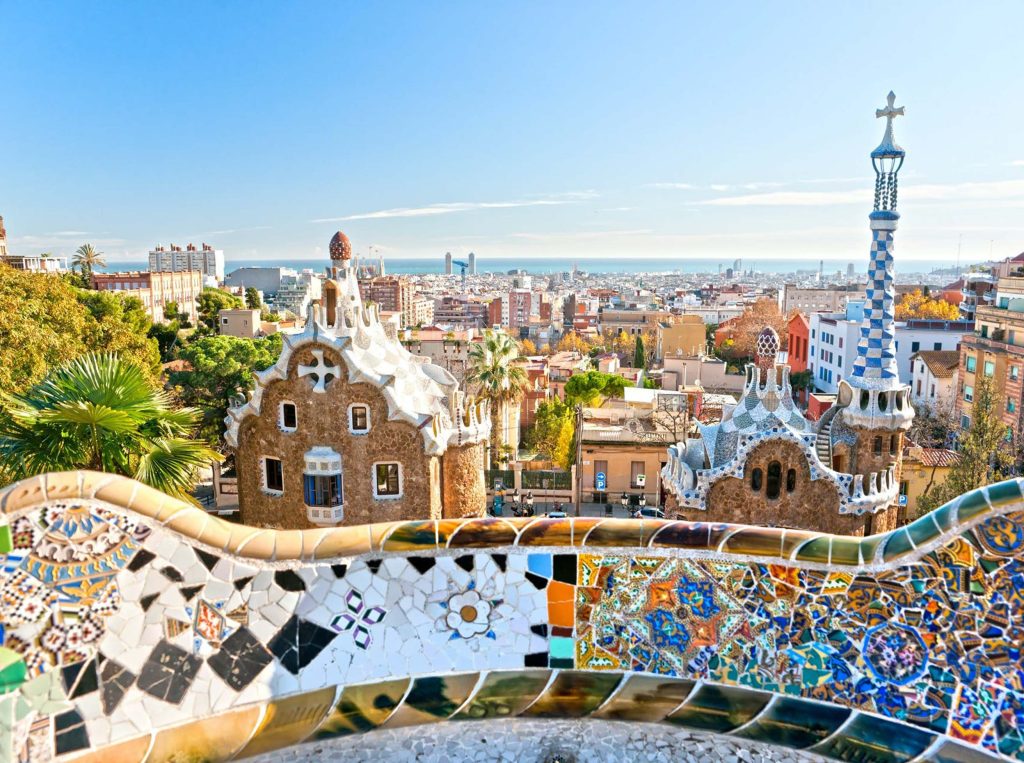
While Park Güell is a known attraction, its offbeat corners and less-explored trails held surprises. Gaudi’s whimsical creations, coupled with panoramic views of the city, made the €10 entry fee a worthwhile investment. The park’s opening hours (typically 8:30 AM to 6:15 PM) allowed me to choose a serene morning visit, avoiding the crowds and relishing the tranquil ambiance.
Park Güell wasn’t just a park; it was a canvas of artistic expression. The playful mosaics, undulating benches, and the lizard sculpture all painted a vibrant picture of Gaudi’s imaginative genius. As I meandered through the park’s meandering paths, I felt a profound connection with nature and art, an experience that transcended the typical tourist visit.
Personal Reflection:
Gràcia, with its tree-lined streets and plazas, welcomed me like an old friend. Park Güell, bathed in morning sunlight, was a realm of fantasy brought to life. The vivid colors of the mosaics mirrored the kaleidoscope of cultures that define Barcelona. Sitting on the undulating bench, overlooking the city below, I marveled at Gaudi’s ability to infuse nature with artistic whimsy. Gràcia, with its unhurried pace and artistic spirit, became a refuge from the urban hustle—a testament to the importance of embracing the quiet corners of a bustling city.
3. Poble Sec – Culinary Delights Off the Beaten Path
Poble Sec, translating to “Dry Village,” beckoned with an allure beyond its name. This neighborhood, nestled at the foot of Montjuïc, became a haven for gastronomic exploration. Its narrow streets were lined with tapas bars, offering a glimpse into the authentic flavors that define Catalan cuisine.
Must-Visit: Carrer Blai
Carrer Blai, a lively street in Poble Sec, unfolded as a tapas haven. The unique concept of “pintxos” – small, flavorful bites served on toothpicks – turned this street into a gastronomic adventure. The modest cost of each pintxo (usually between €1 to €3) allowed me to indulge in a variety of flavors without breaking the bank.
The bustling energy of Carrer Blai, coupled with the aroma of sizzling dishes, created a sensory feast. Each pintxo bar had its specialties, from seafood delights to succulent meat skewers. It wasn’t just a culinary experience; it was a journey through the heart of Catalan gastronomy, where locals and visitors shared the joy of good food and lively conversation.
Personal Reflection:
Poble Sec, with its unassuming charm, became a playground for my taste buds. Carrer Blai’s pintxos bars were a testament to the rich tapestry of Catalan cuisine. The “Esqueixada de Bacalao” was a revelation, showcasing the chef’s dedication to elevating traditional tapas. Shredded salted cod, fresh tomatoes, and onions danced on my palate, challenging preconceived notions of what a tapa could be. The meticulous presentation, combined with the explosion of flavors, transformed the dish into a gastronomic masterpiece. Paired with a local wine recommendation, the overall experience at Bar Canete was a testament to Barcelona’s prowess in seamlessly fusing the old with the new.
Tips for the Intrepid Explorer
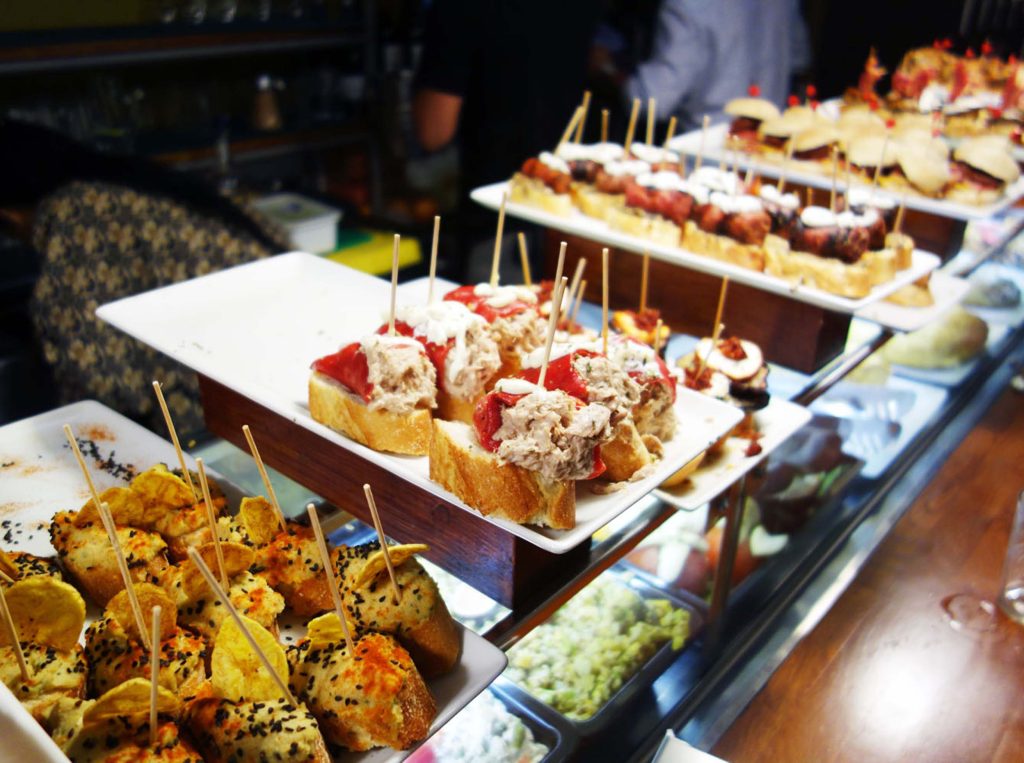
Exploring hidden gems demands a balance of curiosity, preparation, and a willingness to embrace the unknown. As I navigated Barcelona’s offbeat neighborhoods, certain tips proved invaluable for an enriching and seamless experience.
1. Embrace Early Mornings
The magic of El Born and Gràcia unveiled itself most profoundly in the early hours. Whether wandering through quiet plazas or capturing the first light on historic facades, the morning hours offered a serene canvas for exploration. It also allowed me to avoid crowds, savoring the authenticity of these neighborhoods undisturbed.
2. Cultural Immersion Through Cuisine
In Poble Sec, where culinary delights beckon at every turn, I discovered that embracing the local dining culture added a layer of cultural immersion. Engaging with locals at pintxos bars, trying unfamiliar dishes, and sharing stories over a meal became a gateway to understanding the heartbeat of the neighborhood.
3. Off-Peak Park Güell
While Park Güell is a must-visit, choosing off-peak hours provided a more intimate encounter with Gaudi’s wonders. The tranquil ambiance of early morning or late afternoon allowed for contemplation, photography without crowds, and an appreciation of the park’s architectural nuances.
4. Navigate Like a Local
El Born’s intricate alleys and Gràcia’s maze-like streets unfolded effortlessly when approached with a sense of exploration. I found joy in wandering without a strict itinerary, letting the charming surprises of these neighborhoods guide my journey. Navigating like a local brought serendipitous encounters and unexpected delights.
5. Engage with Locals
In Poble Sec, the warmth of engagement with locals elevated my culinary escapade. Recommendations from bartenders, conversations with fellow diners, and even a few Spanish phrases exchanged with the chefs enriched my understanding of the neighborhood’s gastronomic culture. Engaging with locals added a personal touch to my journey.
Barcelona’s hidden gems, discovered through the lens of a passionate traveler, beckon with the promise of authentic experiences. El Born, Gràcia, and Poble Sec revealed themselves not merely as neighborhoods but as chapters in a dynamic narrative written by the people who call these places home.
As I reflect on the photographs captured, the flavors savored, and the stories exchanged, I am reminded that the heart of any city lies not only in its renowned landmarks but in the nuances of everyday life in its hidden corners. Barcelona, through its offbeat neighborhoods, invites the intrepid explorer to embrace the unfamiliar, savor the unexpected, and become part of the living tapestry that weaves together history, culture, and the spirit of adventure.
